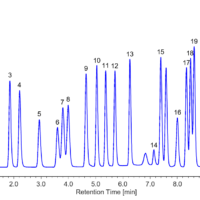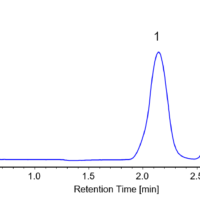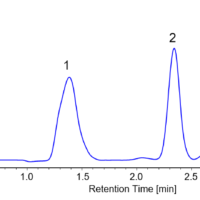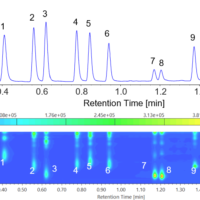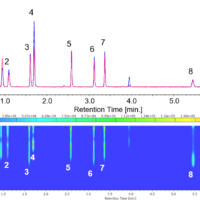Introduction
Amino acid analysis is becoming more important in a variety of application fields, ranging from food analysis to protein science. A number of separation and detection methods are currently used. Among them, a combination of precolumn derivatization with OPA (o-Phthalaldehyde) and separation on a C18 column with fluorescence detection. This is generally preferred due to the simplicity and high sensitivity of the method.
This article shows the usefulness of an X-PressPak V-C (2.0 mm I.D. x 50 mm L.) packed with a 2 μm diameter packing material for the ultra-high speed separation of amino acids. The results were examined to determine whether the performance of the column and the chromatography system exceeds those of conventional HPLC.
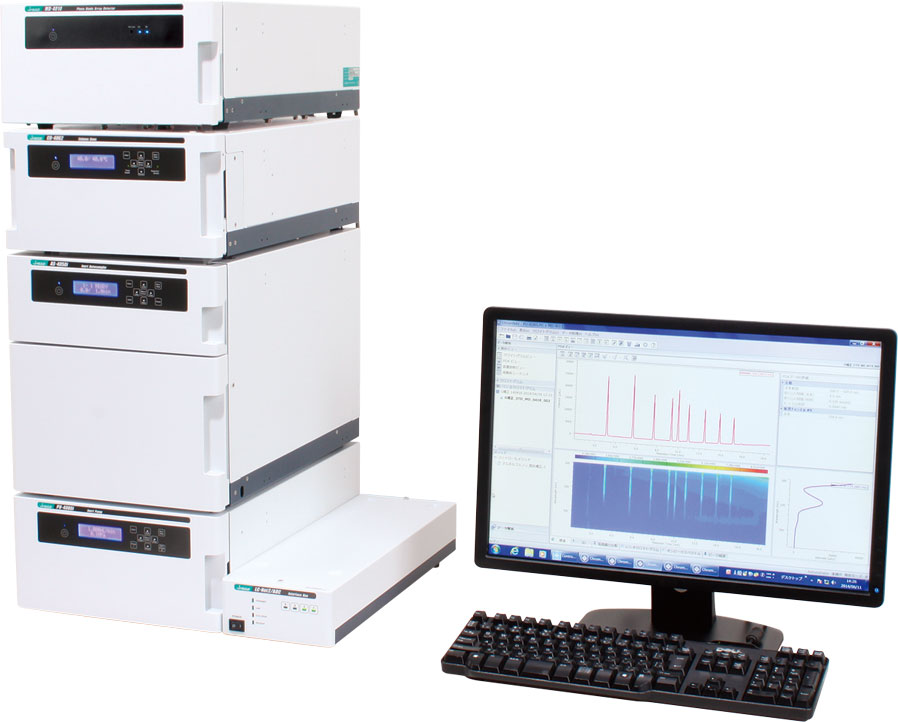
LC-4000 UHPLC system
Experimental
Conditions of pre-column derivatization
Sample solution: amino acid standard solution (type H)+cysteic acid+Tryptophan (20 nmol/mL each)
Derivatization reagent: 0.4 M borate buffer (pH 9.0) OPA(1% MeOH solution)/2-mercaptoethanol (1/0.5/0.01)
Sample volume: 100 μL
Reagent volume, reaction volume: 20 μL
Reaction time: 30 sec
Mixing time: 2 min
Injection volume: 1 μL
Chromatographic conditions
Eluent A: 1.0 M citrate buffer (pH 5.8) 3.5 mL in 1 L of H2O
Eluent B: 1.0 M citrate buffer (pH 5.8) 3.5 mL in 1 L of CH3CN/C2H5OH/H2O(30/30/40),
Gradient (A/B): 90/10(0 min) -> 90/10(0.2 min) -> 72/28(2.2 min) -> 72/28(2.5 min) -> 42/58(4.6 min) -> 42/58(5.0 min) -> 23/77(6.1 min) -> 0/100(6.15 min) -> 0/100(7.0 min) -> 100/0(7.05 min)
Injection to injection time: 10 min
Flow rate: 0.6 mL/min
Column: X-PressPak V-C18(2.0 mmI.D. x 50 mmL., 2 μm)
Column temperature: 40℃,
Detection wavelength: Ex, 345 nm; Em, 455 nm
Results
Figure 1 shows an UHPLC chromatogram of a standard mixture of 18 amino acids (20 pmol each). The UHPLC system provides an analysis time 5 times shorter than conventional HPLC without sacrificing the resolution between each peak.
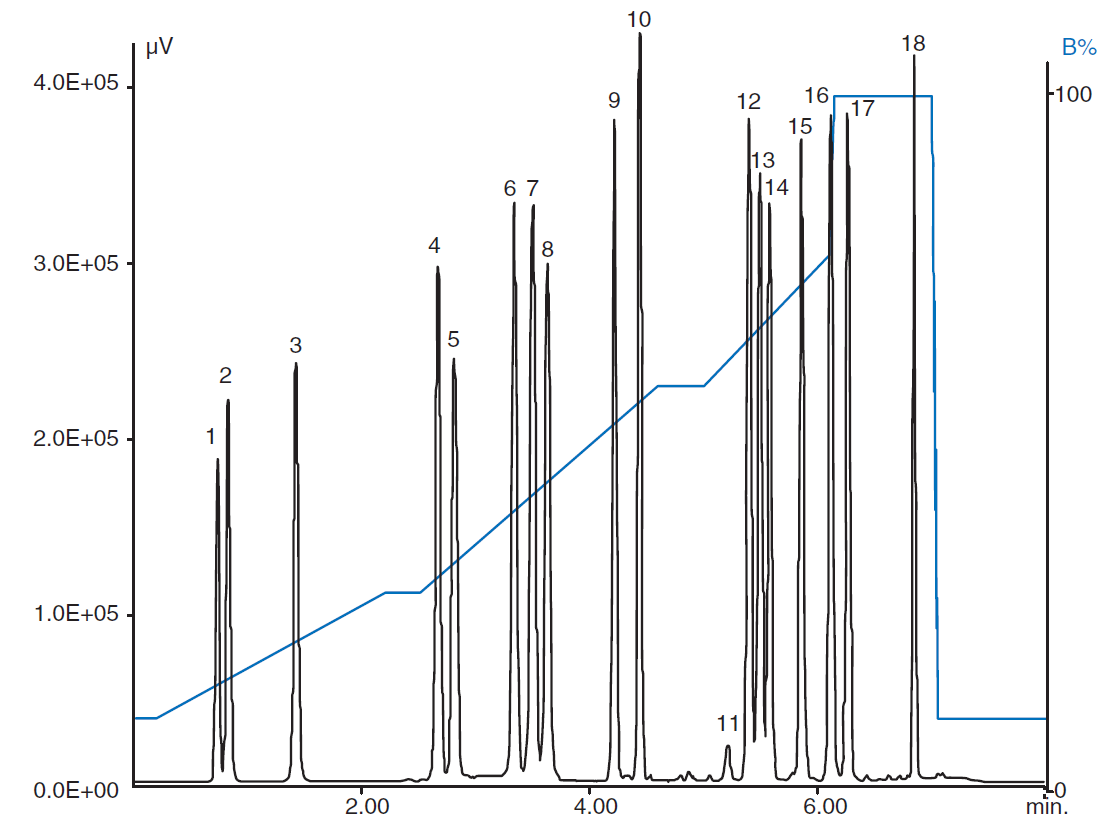
Figure 1. UHPLC chromatogram of a standard mixture of 18 amino acids (Peaks: 1=Cysteic acid, 2=Aspartic acid, 3=Glutamic acid, 4=Serine, 5=Histidine, 6=Arginine, 7=Glycine, 8=Threonine, 9=Alanine, 10=Tyrosine, 11=Ammonium, 12=Methionine, 13=Valine, 14=Tryptophan, 15=Phenylalanine, 16=Isoleucine, 17=Leucine, 18=Lysine, each 20 pmol, The blue line indicates the gradient profile (B%))
Figure 2 shows an UHPLC chromatogram of the wine sample. The wine was purchased at a grocery store, diluted 10 times with water, and then filtered with a 0.2 μm membrane filter. Eighteen amino acids were clearly separated from unidentified peaks.
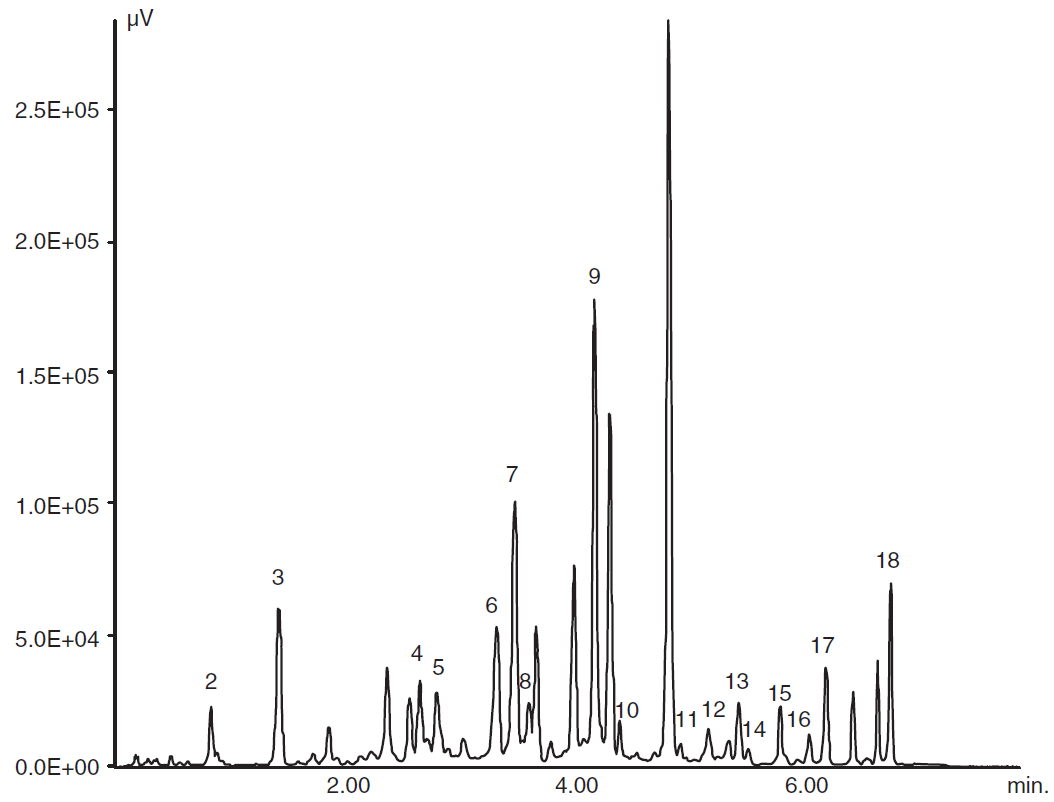
Figure 2. UHPLC chromatogram of the cooking wine

